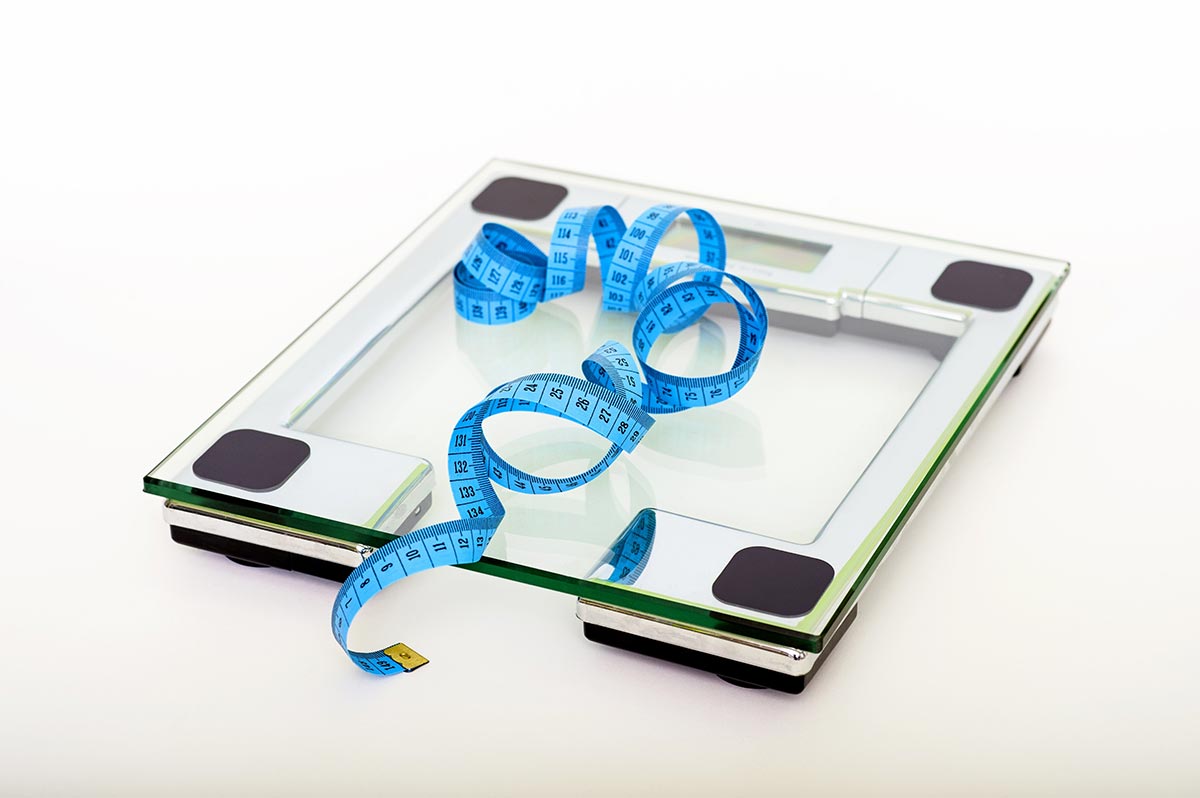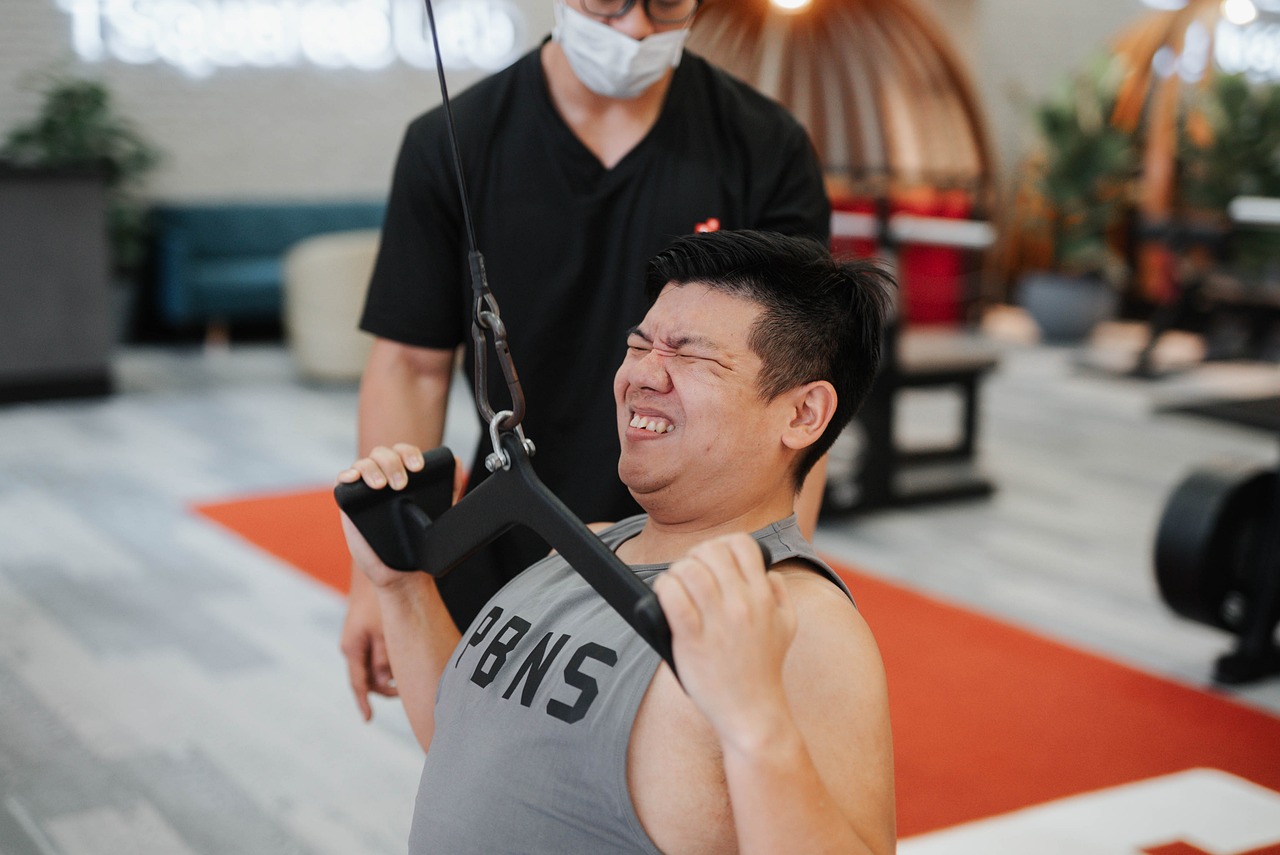Welcome to the Age of Helpful Overwhelm
It’s 6:00 a.m. in Manhattan. A marketing executive is already on his second espresso, answering Slack messages while pedaling on a bike trainer. His smartwatch beeps: heart rate in the green zone. His phone vibrates: an AI app reminds him there’s a 10-minute mindfulness session to complete before the 8 a.m. client call. By noon, he’s booked for a VR boxing class, a budget meeting, and his kid’s school recital—everything color-coded in the same calendar.
Welcome to the era where technology promises balance by cramming more productivity into every waking hour. If you’re active, ambitious, and permanently connected in the U.S. or Canada, this isn’t a tech problem; it’s a nervous-system problem.
When “Always On” Turns Performance Off
Digital overload doesn’t just steal time; it siphons the very resources training depends on: attention, recovery, and mood. Each ping is a micro-interruption that pulls working memory off the barbell or the bike and onto the screen. Researchers have shown that even the silent presence of a smartphone can reduce available cognitive capacity—call it a background tax on your brain.
Multiply that by dozens of notifications and you get workouts that feel harder than they should, technique that drifts, and sessions that end without the satisfaction that keeps you coming back.
Stress Chemistry Meets the Scroll
Chronic stimulation keeps the sympathetic nervous system idling high. That makes it harder to slide into the parasympathetic state (the one your HRV loves) after training. If you finish intervals and dive straight into emails and headlines, you blunt the post-exercise downshift that helps tissues repair and mindsets reset. Over weeks, that “always-on” stance shows up as grumpy mornings, sugar cravings, and an extra shot of caffeine masquerading as motivation.
Blue Light, Red Flags
Evening screens delay melatonin and reduce REM sleep—bad news for skill consolidation, mood regulation, and the growth-hormone pulses that support tissue repair. Night modes help, but they don’t erase the effect. The most underrated performance hack remains aggressively low-tech: dim lights, quiet time, and a screen-free wind-down after training.
Wearables: Coach or Compulsion?
Done right, wearables are the world’s best nudge: close your rings, hit your steps, respect recovery. Done wrong, they become a daily referendum on your worth. A low readiness score should change the plan, not your mood. Metrics are maps, not commandments. If your device removes flexibility, it’s steering the ship—you’re supposed to be the captain.
Training Quality in a Noisy World
Skill-heavy work—Olympic lifts, sprint starts, gymnastic elements—demands single-task focus. So do threshold sets and technical intervals. Scroll between sets and you add errors while stealing the neural groove you’re trying to etch. Treat hard blocks like meetings with your future self: Do Not Disturb on, headphones in, cues simple, notes after the block—not during the set.
The High-Performer Trap
Tech amplifies whatever you already are. If you’re conscientious and ambitious, apps can push you from disciplined into overreaching—three percent more every week until the wheels wobble. The high-performer recipe for trouble is predictable: stacked meetings, stacked metrics, stacked expectations at home, then “recovery” that’s really just another scoreboard.
Psychosomatic fallout doesn’t arrive with warning sirens; it creeps in as tight chests, clenched jaws, reflux, headaches, restless legs, and a feeling that joy has been replaced by logistics. In that state, some executives buy more tools (a new tracker, a new app, a private coach) when the move they need is subtraction: fewer inputs, clearer priorities, and training that serves life instead of expanding it.
When Tech Meets the Real Economy
Keynotes sell a lifestyle where time is elastic—perfect lighting, endless focus, and workouts that slot neatly between latte and sunset. Reality in North America can look rougher: multiple jobs or unpredictable shifts, long commutes, family logistics, and inflation that turns “wellness” into a luxury line item. That doesn’t make tech-supported health a myth; it means the tools must bend to real constraints.
Ten minutes of structured breathwork before bed beats a perfect routine you can’t sustain. A 35-minute A/B lifting template that survives your busiest quarter will deliver more health than a four-day split you abandon by week three. In other words: optimize for adherence, not aesthetics.
Table: Tech Overload vs. Tech Balance (Change the Input, Change the Output)
| Issue | What It Does | Balanced Fix | How to Implement |
|---|---|---|---|
| Notification overload | Fragments attention; raises perceived effort | Notification diet | Whitelist calls; batch messages 2–3×/day; mute group chats during training |
| Late-night scrolling | Melatonin delay; shallower sleep | Screen-free wind-down | 45–60 min analog time; low light; paper book or breathing |
| Wearable overreliance | Anxiety when scores dip | Score-informed, not score-controlled | Pair scores with a 1–5 readiness check; adjust load, not identity |
| Multitasking during sets | More errors; worse motor learning | Single-task blocks | DND on; music only; film sets if you review, otherwise skip |
| Stress carryover post-training | Slower parasympathetic rebound | Screen-free cool-down | 5–8 min nasal breathing + easy walk before inbox |
Build a Tech-Balanced Day (That Real Life Can Keep)
Morning: Keep your phone in grayscale until training is done; the drop in novelty reduces “just one scroll.” Check messages after breakfast, not in bed. If you track sleep, glance once, decide the day’s intent, move on.
Work: Batch communications. Two or three windows for emails beat twenty micro-checks. Keep the phone out of sight; your prefrontal cortex will thank you.
Training: Do Not Disturb on. Headphones in. Cues short. Log between exercises, not between sets.
Evening: 30–60 minutes of analog time. Dim lights, stretch, journal, cook, call a friend. If you must scroll, set a timer—and keep the promise when it rings.
Using Wearables Like a Pro (Not a Prison Guard)
Think of readiness, HRV, and sleep scores as conversation starters. If HRV tanks and you feel flat, keep the session but change the aim: lighter loads, more skill work, longer warm-up. If steps are low, pair a Zone-2 walk with a call you already owe your parents. If the score says “rest” but you feel springy and slept well, you’re not a spreadsheet—greenlight the lifts and monitor reps in reserve. The point is to let data inform decisions, not dictate identity.
Coaching Yourself Through Digital Temptation
Two questions cut through noise: What is this for? and What happens if I don’t? If opening an app doesn’t serve the current block (work, train, rest), it’s a no. If skipping the check changes nothing important, it can wait. Apply the same logic to content: education fuels practice; endless novelty fuels fatigue.
Social Media: Community Without Comparison
Community boosts adherence; comparison kills joy. Curate your feed like your program: accounts that teach, support, or genuinely inspire effort stay; the rest get muted. If posting sets keeps you accountable, post and get out—“upload and exit” beats “post and patrol.” And when the day’s done, leave Instagram out of your bedtime ritual. Put your phone far from your bed, skip the late-night scroll, and definitely don’t fall asleep at your personal computer. It’s a simple way to reduce sleep disturbances—and a reminder that the meaning of life isn’t hiding in your notifications.
Travel, Deadlines, and Other Survival Weeks
Tech balance isn’t about perfect weeks; it’s about the messy ones. Write a minimum viable session (30–35 minutes) you can do anywhere: hinge, push, pull, squat, then a brisk walk. Automate a default post-lift meal. Pre-download music and programs so you’re not doom-scrolling hotel Wi-Fi at midnight. On red-eye weeks, trade volume for frequency—small sessions done often beat heroic sessions that never happen.
Micro-Habits That Actually Stick
Habits beat heroic bursts. Charge your phone outside the bedroom. Use a minimal watch face. Keep a paper book where the tablet used to live. End workouts with a two-minute breath script (inhale 4, exhale 6). Small, boring, undefeated.
For Coaches, Leaders, and Parents
Rules work best when framed as performance tools, not punishments. Assign focus windows, not bans. Pair subjective readiness with one objective metric per day. For kids and teens, make challenges cooperative (team streaks) and protect sleep like it’s a varsity sport. The goal isn’t perfect data; it’s a healthy relationship with effort.
The Payoff of a Calmer Tech Life
Balance doesn’t mean going off-grid. It means using technology in service of training, recovery, work, and relationships. Control the inputs, and the outputs follow: steadier energy, better sleep, higher-quality sets, and a brain that feels like yours again. You’ll see it in your logbook, your relationships, and the rare pleasure of a hard day that ends quietly.
Sources
- Ward AF, Duke K, Gneezy A, Bos MW (2017). Brain drain: The mere presence of one’s own smartphone reduces available cognitive capacity. Journal of the Association for Consumer Research, 2(2):140–154.
- Chang AM, Aeschbach D, Duffy JF, Czeisler CA (2015). Evening use of light-emitting eReaders negatively affects sleep, circadian timing, and next-morning alertness. PNAS, 112(4):1232–1237.
- Shaffer F, Ginsberg JP (2017). An overview of heart rate variability metrics and norms. Frontiers in Public Health, 5:258.
- Fullagar HHK, Skorski S, Duffield R, et al. (2015). Sleep and athletic performance: the effects of sleep loss on exercise performance and physiological responses. Sports Medicine, 45(2):161–186.
- American Psychological Association. Stress in America surveys. Summary reports on stress, work, and technology use.













